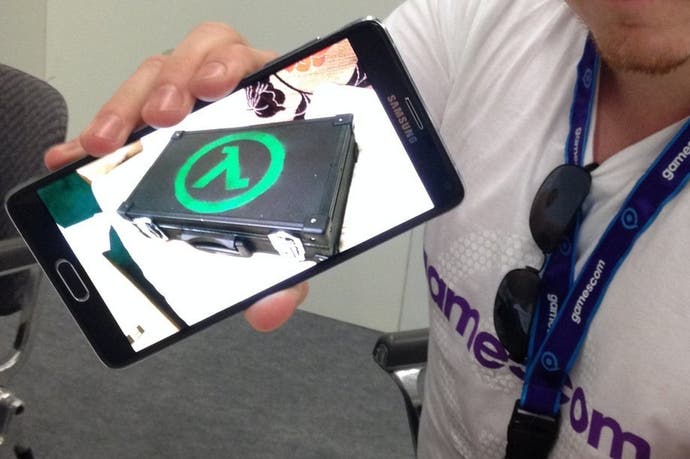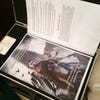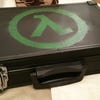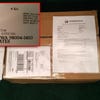The man who sent his game to Gabe Newell in a briefcase
A chance encounter and an unlikely tale.
Richard Seabrook woke one morning and realised his life wasn't where he wanted it to be. He was 23 years old, he'd graduated from university and he'd taken a job he thought would lead to his dream career in games. But it hadn't quite worked out. He was stuck in the British seaside town of Bournemouth, in quality assurance testing, where months were sprawling ominously into years. "You know what?" he said to himself that day. "I'm sick of this. I'm just going to go for it." He set his sights high: Seabrook wanted to go for a job at Valve.
This wasn't a shot in the dark. Valve's Source engine had been the topic of his 70-page dissertation, and he knew the Bellevue company and its work inside out. He'd entered a Portal mapping competition in 2011 and earned high praise for his work. In all his dreams it was Valve he designed levels for - and he knew exactly how hard getting a job there would be.
Dreams can come true, as Seabrook knew. Adam Foster earned a golden ticket for his "Minerva" series of Half-Life 2 mods, and Valve courted and then hired him - a story I heard from Foster himself. He proved it could be done, and Seabrook seized upon his tale, holding it as inspiration and template for his own all-out bid.
He quit QA and took a job in a cocktail bar, sacrificing a comfy salary for minimum wage. It freed him of contractual obligations to tech companies and allowed more free time. For two years this is how he lived, mixing drinks and making a game. "I would end up finishing at the bar about 2am, clean it up, leave, start working at 3am until about 6am, and in the daytime when I woke up I was like, 'Let's do it again.'
"Don't get me wrong," he adds, "through all of that people have been like, 'What is he doing? What is he doing?' And I was like, 'You know what, I've seen people like Adam Foster do this.' He was a big motivation for me." And Seabrook believed that what he was making was of the same calibre.
"I basically made them Opposing Force 2," he says of his game, Project-X. Opposing Force is the Half-Life expansion built by Gearbox Software (Borderlands) that retells the campaign from a US Marine's point of view, giving you an enemy's perspective on what happened in the original game. Seabrook's game picks up where Opposing Force left off, in the Nova Prospekt prison in the Half-Life universe. "Gordon Freeman is slowly being overrun by soldiers in the prison," the game's blurb reads. "However, unknown to him, his Vortigaunt allies manage to find some help from a forgotten hero."
It's a considerable package, built in Source and spanning 13 levels. It's fully scripted, has new particle effects and textures, and should last a competent Half-Life player around two hours. In fact in terms of substance, Seabrook believes Project-X is on par with Valve's Half-Life 2: Episode 1. "It's the same size without a doubt," he says proudly, "just without the choreography of Alyx and stuff like that, because obviously I'm only one man."
Seabrook packed his work - all the booze, sweat and tears - onto two flash drives (in case one fails) along with his university Source dissertation into a briefcase. "And then I sent it," he says, "I literally sent it to Gabe Newell." He shows me a video of the UPS truck leaving his house.
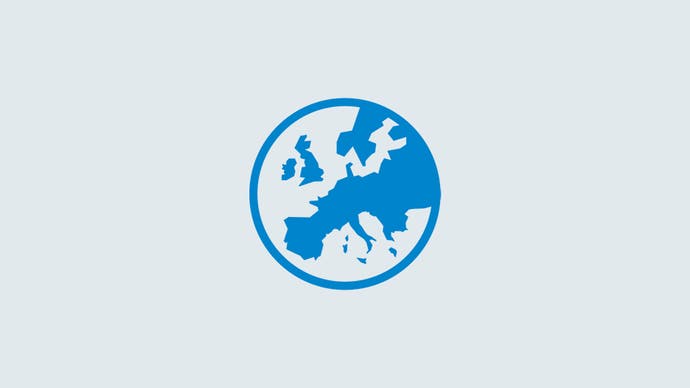
Then Seabrook waited. He charts his package's journey the entire way, follows each plane as it takes off and lands. There's a weird moment when it stalls at an airport, one of two tracking numbers saying it won't go any further. But it must get through because, eventually, someone signs for it at Valve. On 4th March 2015, at 9.03am, his package was delivered. "UPS did mess me around but they confirmed that it arrived and a guy signed for it," Seabrook says.
Then, nothing. "I was gutted - I was so gutted," he tells me now. "Even if it was a 'no' I was hoping for at least a, 'You know what mate, that was a good effort' and 'that is cool' - some kind of vindication. And I did chase them up but I got the cold shoulder. They would just not speak to me. No one acknowledged it was there.
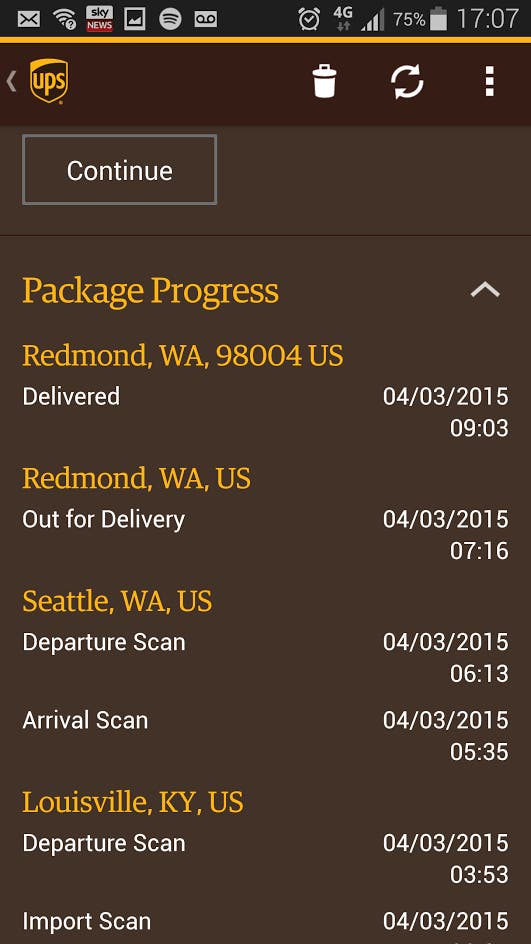
"I did badger them," he goes on, "but I was not going to push my luck, because they are the elite of the games industry, and if I've phoned them five times and emailed them twice and they've got the game, someone knows about it and I'm not going to piss them off and keep going and going and going. They obviously don't want to reply for some reason, and I don't know what that reason is, but my game is made in Source and the last thing I want to do is annoy them."
He speaks quickly and matter-of-factly now, but he must have been crushed at the time. "I started it fully prepared that that was going to happen. I just went for the jackpot. So," he adds, stoically, "I just took it on the chin."
His dreams of working for Valve were blinking into non-existence. "I was like, 'Ah; I don't know what to do now.'" But there was one thing left, one "last resort" he could try: Steam Greenlight, Valve's community-led system for helping it decide which games to release on Steam.
On 5th June he pitched Project-X on Steam Greenlight and once more he waited, this time on the Steam community's verdict. "And," he says, with a smile creeping across his face, "it just went wham!" A week later, Project-X was Greenlit.
"Wow, just wow," a stunned Seabrook wrote at the time. "Yesterday I kept looking at the stats and the game was going up and up. I checked again around 7.30pm and the game had been Greenlit. My jaw dropped and I could not believe my eyes."
He had his vote of confidence, and his dream of making games returned with an adrenaline shot of vigour. But that dream still hinges on people paying for Project-X, and a commercial release wasn't as simple as it sounded. Middleware from RAD and Havok needed properly licensing, and Seabrook needed to think about things like marketing and press, not to mention a company to direct it all from. Who wants to fill out all those tax forms? It would be so much easier if he gave Project-X away for free. "But if I did that, I would have nothing afterwards," he says. "What would I do now?
"I have an opportunity where I can start a business and start making games and that's always what I've wanted to do. I never realised it was going to happen this fast but it's been life-changing. Eight weeks ago I was in that long queue out the front just liking games, and now I'm in here talking to you. I had no idea that was going to happen."
Seabrook's story took him to Gamescom in Cologne, where we meet by chance. It's a trip he's had to pay for out of his own pocket. For someone making minimum wage, a €700 hotel bill and a €200 flight is a serious ask, not to mention what he's negotiating giving companies before his game's release. "The costs are just mounting into the thousands," he says, wincing, and he's having to lean on his bank for help.
He's also leaning on Dan Pinchbeck - of Dear Esther and Everybody's Gone to the Rapture fame - for advice. (Pinchbeck taught Seabrook occasionally at Portsmouth university.) "He was so cool about it," he says of Pinchbeck, who helped him form a launch plan. That is to release Project-X in September or October, and at a price that is "not going to be much". Then, if everything goes to plan, game two - but he's not there just yet.
"At the moment, to be honest with you, it's kind of like a big house of cards," he says. "I've got so much paperwork to do, and there are so many people involved, that if someone gets annoyed or pulls the plug, it's all going to come tumbling down. My life right now is like really excited, and really boring. How far is this going to go?
"If this doesn't happen, game number two doesn't happen, studio doesn't happen. It's really worrying for me. All I need is enough to hire two programmers, two artists, and I can get cracking with a new game, which would be awesome. And then that way I make games - I do what I always wanted to do."
That's where I leave him, this man who sent his game in a briefcase to Gabe Newell. This isn't how he planned it, and Valve still hasn't acknowledged him (beyond functional contact for releasing a game on Steam) or my request for comment, but he's getting there nonetheless, and he's probably better off for it. But what did happen to that briefcase? Perhaps we'll never know. Maybe, like so much else about Valve, it will remain a mystery forever more.
